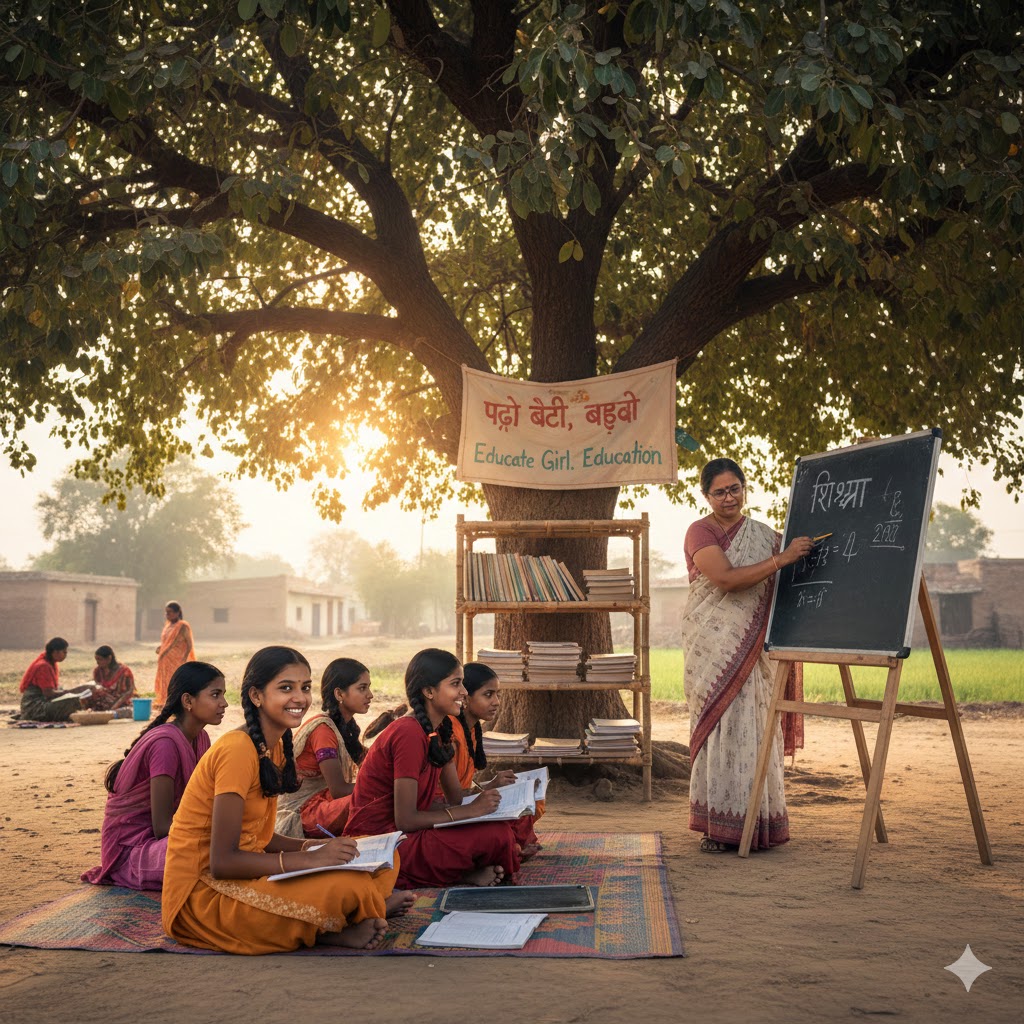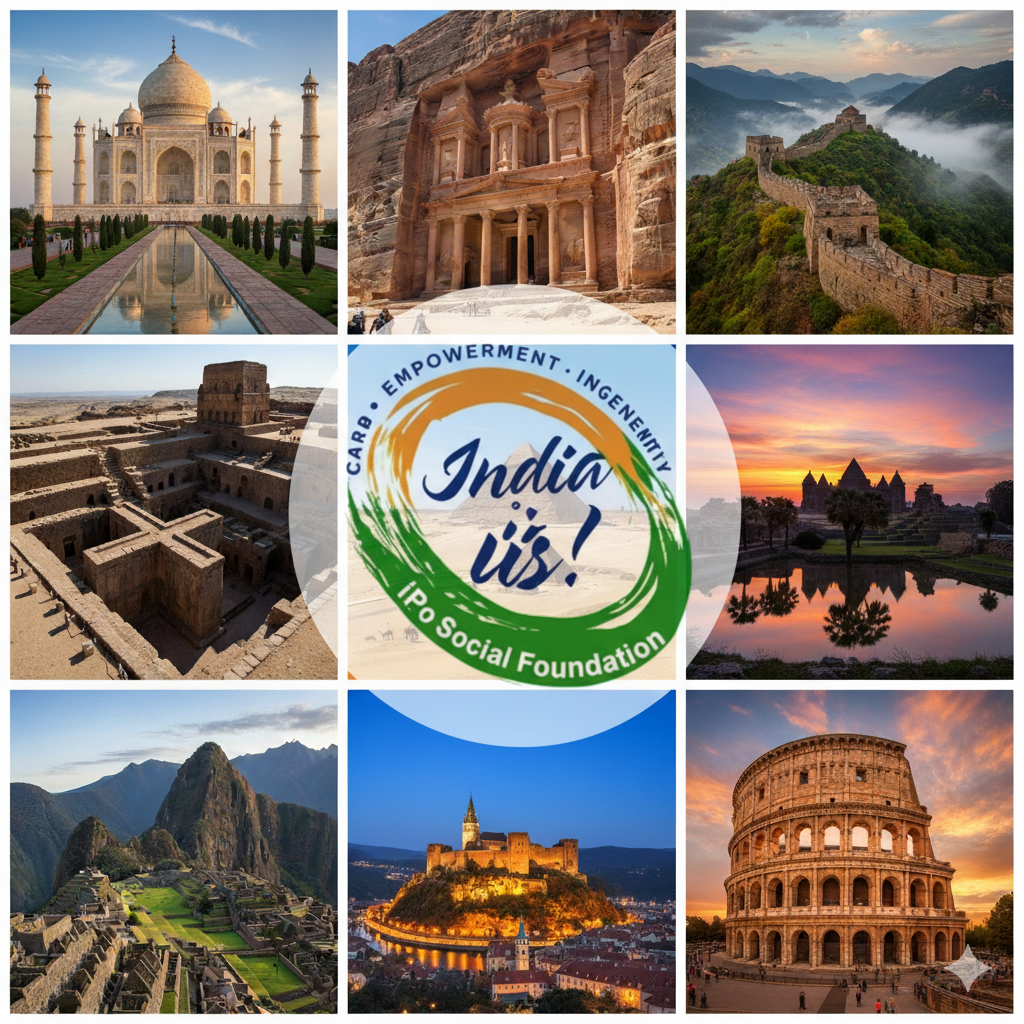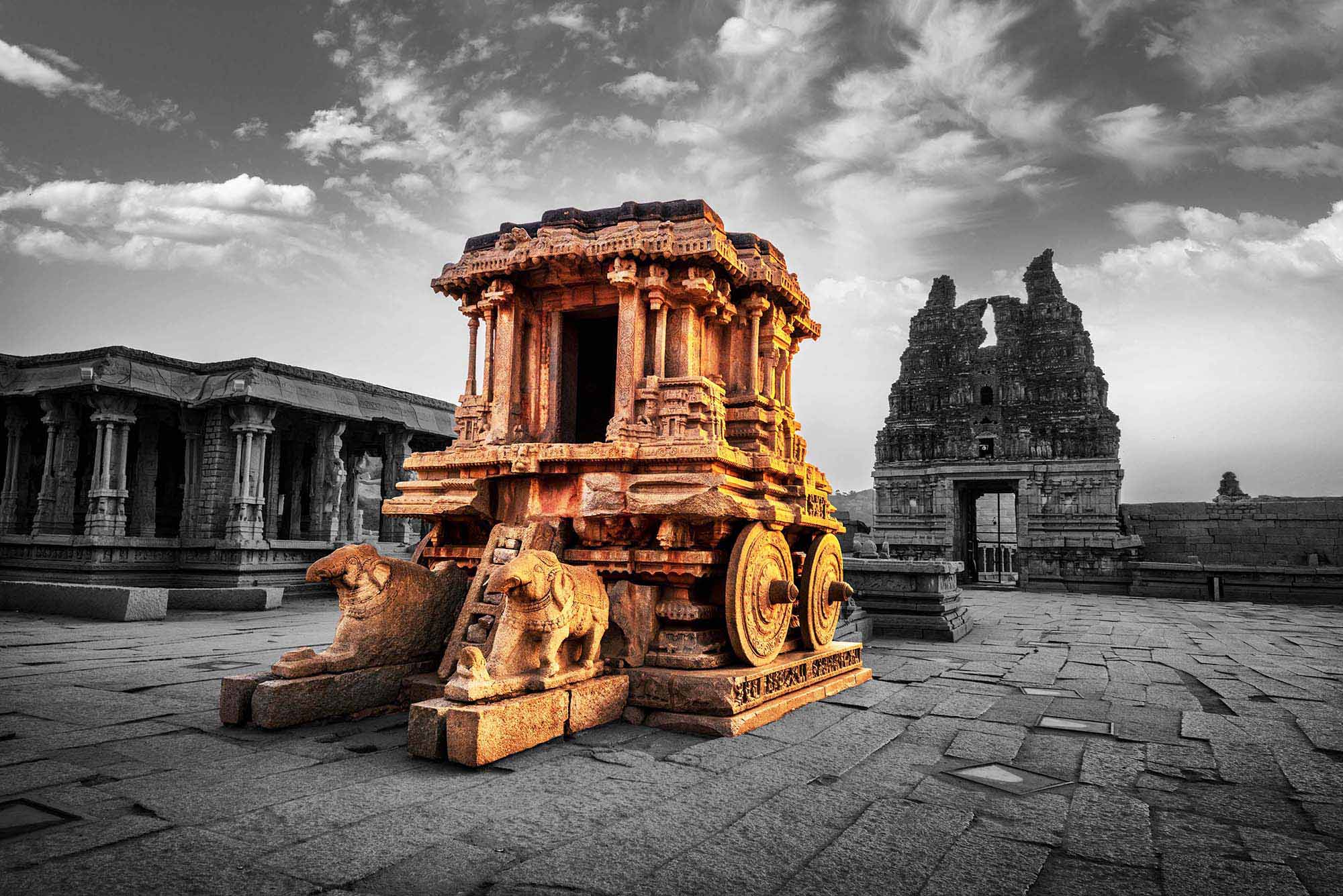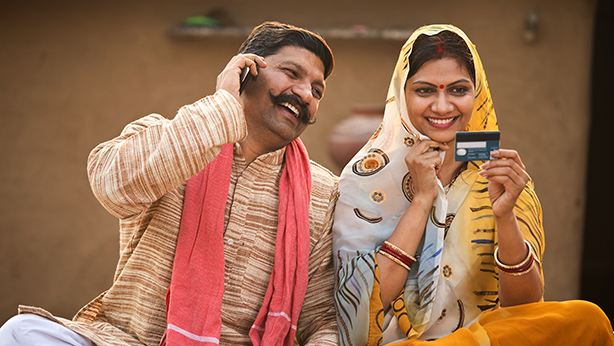Use your power to make a difference by joining our Let's Do Good initiative.
Top 10 Must-Visit Heritage Destinations in India
Tuesday , 21 October 2025- 5 min. read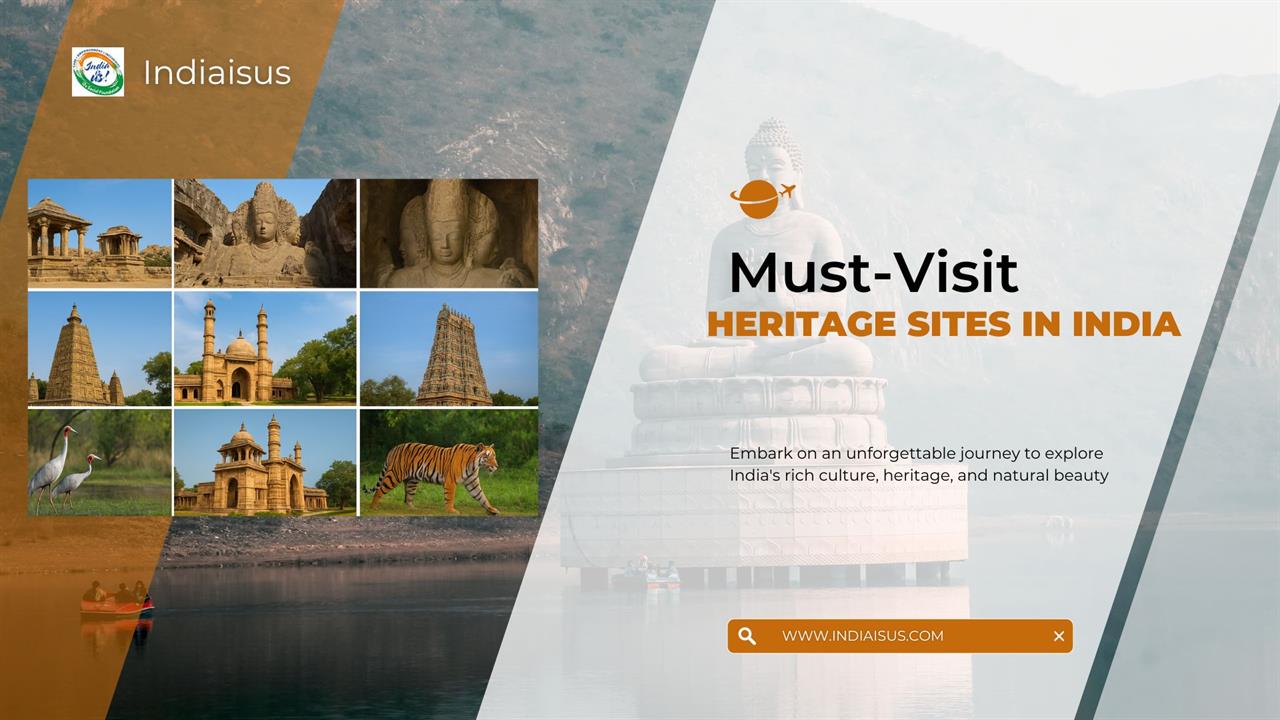
India is a vibrant museum: each state has its own hidden treasures of history, art, religion and nature. No matter if you are a beginner traveller or a professional adventurer, these ten heritage jewels will give you a clearer picture of India’s cultural diversity - from grand Mughal tombs and cave temples to luxurious royal residences and magnificent wildlife sanctuaries. I will now discuss every place with what to see, why it is important, when is the best time to go, practical advice and a recommended duration.
Heritage Sites in India
1. Taj Mahal, Agra — The Icon of Love
Why visit: The Taj Mahal is one of the most universally recognized symbols of India - a mausoleum of perfect proportions, built in white marble by Emperor Shah Jahan for Mumtaz Mahal (1631–1653). Its inlay work, symmetry, and the changing glow of marble at sunrise/sunset are unforgettable.
Highlights: Main mausoleum chamber and cenotaphs, four minarets, reflecting pool and gardens, Mehtab Bagh view across the Yamuna.
Best time: October–March for cool weather and clearer skies.
Practical tips: Book timed e-tickets to avoid long queues; arrive early (or late afternoon) for better light and fewer crowds. Combine with Agra Fort and Fatehpur Sikri for a full Mughal circuit. Allow a half-day to 1 day.
2. Group of Monuments at Hampi, Karnataka — Ruins of a Lost Empire
Why visit: Hampi preserves the grandeur of the Vijayanagar Empire — a surreal landscape of temple complexes, royal pavilions and boulder-strewn countryside. The scale and stone-carving finesse capture South India’s medieval zenith.
Highlights: Virupaksha Temple (still active), Vittala Temple with its stone chariot and musical pillars, royal enclosures, Lotus Mahal and the riverside vistas at sunrise.
Best time: October–February. Summers are harsh; monsoon turns the surroundings lush, but some walks are muddy.
Practical tips: Wear good walking shoes — many monuments are spread out. Bicycle or rent an auto for short hops. Stay in Hospet or Hampi Bazaar area. Plan 2 days to explore ruins and sunrise viewpoints.
3. Ajanta Caves, Maharashtra — Paintings That Speak
Why visit: Ajanta’s rock-cut Buddhist caves contain some of the finest surviving ancient murals and sculptures in India — narrating Jataka tales and early Buddhist iconography. The artistry and preservation are exceptional.
Highlights: Cave 1 and Cave 2 with narrative murals; Cave 26 (Bodhisattva sculptures); the cliff setting beside the Waghora river.
Best time: November–March; monsoon (June–Sept) can be dramatic but access is limited.
Practical tips: Photography rules vary — check at entry. Combine Ajanta with Ellora (Aurangabad region) if you have extra time. Allow a full day for Ajanta.
4. Ellora Caves, Maharashtra — Rock-Cut Pluralism
Why visit: Ellora’s multi-religious complex (Buddhist, Hindu, Jain caves) showcases centuries of rock architecture and the towering, monolithic Kailasa temple — carved top-down from a single rock. It’s a triumph of engineering and devotion.
Highlights: Kailasa (Cave 16) - the largest single rock excavation in the world; Buddhist and Jain cave monasteries; exquisite panels and iconography.
Best time: November–March.
Practical tips: Combine Ellora with nearby Aurangabad attractions. Expect many steps and carved corridors - comfortable footwear recommended. Half-day to full-day visit.
5. Elephanta Caves, Maharashtra — Shiva in Stone
Why visit: A short ferry ride from Mumbai, Elephanta Island holds cave temples devoted mainly to Shiva, including impressive sculptural panels that date to the mid-1st millennium CE. The island setting adds to the experience.
Highlights: The massive three-headed (Trimurti) Shiva panel in Cave 1, rock pillars and reliefs.
Best time: November–February (avoid monsoon ferry disruptions).
Practical tips: Ferries depart from the Gateway of India; pick a clear day for sea views and photography. Combine with a Mumbai city day. Plan 3–5 hours.
6. Mahabodhi Temple Complex, Bodh Gaya, Bihar — Where the Buddha Attained Enlightenment
Why visit: Bodh Gaya’s Mahabodhi complex is one of Buddhism’s most sacred sites: the place where Siddhartha Gautama attained enlightenment under the Bodhi Tree. The towering temple and pilgrim atmosphere are spiritually powerful.
Highlights: Mahabodhi Temple (55 m tower), descendant Bodhi tree, meditation shelters, international monasteries and shrines.
Best time: October – March for comfortable visits and festival activity.
Practical tips: Respect local customs - many visitors come to meditate and perform rituals. Dress modestly. Overnight trains and flights to nearby Gaya make access straightforward. Allow 1–2 days.
7. Kaziranga National Park, Assam - Wildlife and Conservation Triumph
Why visit: For wildlife lovers, Kaziranga is essential: home to two-thirds of the world’s one-horned rhinoceroses and a vital conservation story of grasslands, elephants, tigers and migratory birds. Forest drives deliver rare wildlife sightings in a natural floodplain landscape.
Highlights: Early-morning jeep and elephant safaris, rhino sightings, birding, seasonal wildflowers.
Best time: November – April; the park closes during the monsoon (dates vary).
Practical tips: Book safaris in advance (limited vehicle slots). Local accommodation ranges from eco-lodges to mid-range resorts. Pack binoculars and mosquito repellent. Minimum 2 days recommended.
8. Keoladeo (Bharatpur) National Park, Rajasthan - Birdwatcher’s Paradise
Why visit: Known as Bhagalpur’s Keoladeo National Park, this wetland is a global birding hotspot and a World Heritage site famous for migratory waterfowl that arrive in winter. It’s compact, accessible and perfect for photographers and birders.
Highlights: Migratory Siberian cranes historically (rare now), hundreds of resident and migratory species, guided boat and cycle tours in buffer zones.
Best time: November–February for peak migratory presence.
Practical tips: Rent a cycle rickshaw or bicycle to move between hides and ponds. Early morning is best for birds. Combine with a visit to nearby Bharatpur or Agra. Half-day to 1 day ideal.
9. Khajuraho Group of Monuments, Madhya Pradesh — Erotic Sculptures & Temple Geometry
Why visit: Khajuraho’s temples (10th – 11th centuries) are celebrated for their sensual sculptures, complex iconography and superb craftsmanship representing Hindu, Jain and tantric themes. They offer insight into India’s medieval religious pluralism and temple design.
Highlights: Kandariya Mahadeva Temple (masterwork), Western Group with most well-known sculptures, evening light and sound show.
Best time: October–March.
Practical tips: The site is compact; combine temple visits with museum and local dance performances. Photography of sculptures is fine in open temple compounds; be mindful of signage. Full day visit or 2 days including nearby attractions.
10. Champaner-Pavagadh Archaeological Park, Gujarat — A Multi-Layered Capital
Why visit: Champaner-Pavagadh is a lesser-known but spectacular fortress city and archaeological park containing pre-and post-historic remains, a hill-top Hindu pilgrimage site and the 16th-century Islamic capital’s mosques, stepwells and palaces - a living palimpsest of cultures.
Highlights: Jama Masjid of Champaner, fortifications, Pavagadh Hill shrine and ancient stepwells (vavs).
Best time: October – March.
Practical tips: Wear good shoes for climbs to Pavagadh. The site is quieter than mainstream tourist hubs and offers immersive exploration without crowds. Plan a day trip from Vadodara or a 1-night stay in local guesthouses.
Honourable Mentions & Corrections
A few locations from your list deserve a small note:
- Umaid Bhawan Palace: The famous Umaid Bhawan Palace is in Jodhpur, not Jaipur. It’s a magnificent 20th-century royal palace (partly a museum, partly a luxury hotel and partly still a royal residence). Visiting gives you a taste of modern Rajput grandeur and curated palace exhibits. (Official hotel/museum pages provide visitor details.)
- City Palace, Jaipur: Jaipur’s City Palace complex is an elegant blend of Rajput and Mughal architecture with museums, courtyards and the famous Chandra Mahal. It’s central to Jaipur’s royal history.
- Meenakshi Temple, Madurai (Tamil Nadu): A living, ancient temple complex famous for its towering, colourful gopurams (gateway towers), complex rituals and sculptural detail. A must for South Indian temple architecture and festival culture.
- Sundarbans National Park (West Bengal): While not a “monument,” the Sundarbans is a UNESCO site famous for its mangrove wilderness and Bengal tiger population — an ecological and cultural heritage of riverine communities.
- Assam heritage (general): Assam’s cultural heritage is rich — from Ahom monuments and tea culture to Kamakhya Temple in Guwahati and tribal arts. Kaziranga (listed above) is one of Assam’s crown jewels.
Suggested Routes & Itineraries
- Golden Triangle + Bharatpur: Delhi → Agra (Taj + Agra Fort) → Bharatpur (Keoladeo) → Jaipur (City Palace) - 4–6 days.
- Deccan Heritage Trail: Aurangabad (Ajanta & Ellora) → Hampi → Hyderabad (Charminar, Golconda) - 7–10 days.
- Eastern & Wildlife Focus: Kolkata → Sundarbans → Bodh Gaya (Mahabodhi) → Kaziranga - 7–10+ days (travel distances are larger).
- Central India Temple & Palaces: Khajuraho → Orchha → Gwalior → Agra – 5 -7 days.
Practical Travel Tips (for any heritage trip)
- Respect rules & dress codes: Many sites (temples, shrines) request modest clothing and shoes removed. Photography may be restricted — always check on arrival.
- Book key permits/tickets in advance: Popular sites (Taj, Ajanta, Kaziranga safaris) have limited slots or strict timed entry.
- Local guides add value: A licensed guide can decode inscriptions, iconography, and hidden details that are easy to miss.
- Mind the weather: Northern winters are pleasant; summers can be extreme. Monsoon opens lush scenery but may close parks or affect ferry/safari services.
- Sustainability: Stick to marked paths, avoid littering and choose eco-friendly operators (especially in sensitive areas like Kaziranga and Sundarbans).
Final Thoughts
Heritage of India does not only mean the buildings; it implies the dynamic interaction among architecture, ritual, language, nature, and people who are still practicing their old crafts and celebrating festivals. The following ten locations—monuments, caves, temples, and parks that are safeguarded—provide fundamental viewpoints into the tale. If possible, arrange for some longer visits; the activities of sitting silently in a ruined pavilion in Hampi at sunset, meditating under the Bodhi tree, or observing a rhino in Kaziranga’s grasslands will be much more rewarding than a quick picture-taking.

